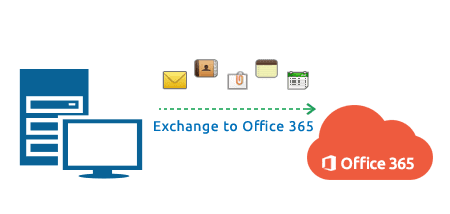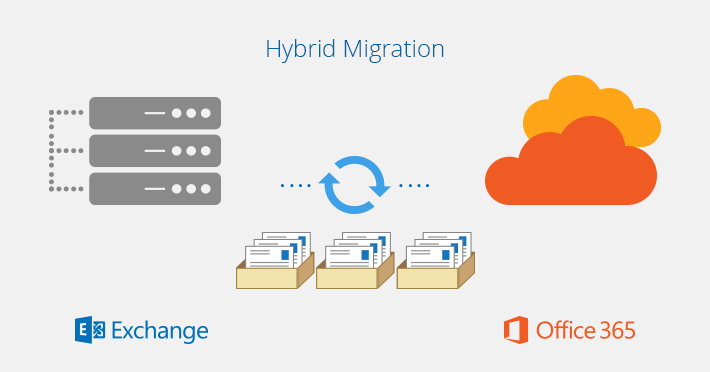

You can now remove the old outbound send connector or wait a couple of days before you do a removal. It went through a few hops in Exchange Online before eventually traveling out to Google mail servers.Ĭompared with the first test email, you can see the difference that it made to email routing. The mail went from on-premises Exchange Server to Exchange Online. After the message arrives, copy the headers and paste them into the Message Header Analyzer. Send a test mail from an Exchange on-premises mailbox to a Gmail address. Read more: Restart Exchange Server services through PowerShell » Test outbound mail flow via Office 365 If you want to speed up your testing, you will need to restart the Microsoft Exchange Transport Service on the server, which forces it to reload the configuration. Note: Changes to the transport configuration in Exchange do not take effect quickly as the server will load the configuration from Active Directory and then cache it for some time.

C:\>Set-SendConnector -Identity "Internet email" -Enabled $false Restart Microsoft Exchange Transport service After testing the mail flow, we can remove the send connector. When that is done, we can disable the other send connector for outbound mail to the internet. Read more in the article Exchange Hybrid firewall ports. Important: Port 25 must be allowed on the Exchange Server for outgoing mail flow to Office 365 in Exchange Hybrid environments. The new send connector will look as follow in the on-premises Exchange admin center. C:\>Get-SendConnector | ft Name,AddressSpaces Run Exchange Management Shell as administrator and run the Get-SendConnector cmdlet. Let’s get the outbound send connectors in the organization.

Important: We recommend doing the below change in production environments outside of business hours in case of some impact on your normal mail flow. In our example, we will configure outgoing mail via Exchange Online before we migrate mailboxes to Office 365. You can change the outgoing mail via Exchange Online: It’s already included in the Exchange Online subscription license, and this way, you don’t need a third-party spam filter for extra costs. Organizations often want to use Exchange Online for outbound mail because of Exchange Online Protection (message hygiene). The message does not traverse through Exchange Online. Inspecting the headers from an on-premises mailbox user to a Gmail address in Message Header Analyzer, we can see that route from the on-premises server directly to Google servers. This means that when an on-premises mailbox user sends an email, the shortest route to the internet is to use that connector. Right now, the on-premises Exchange organization has a send connector for outbound mail to the internet.


 0 kommentar(er)
0 kommentar(er)
